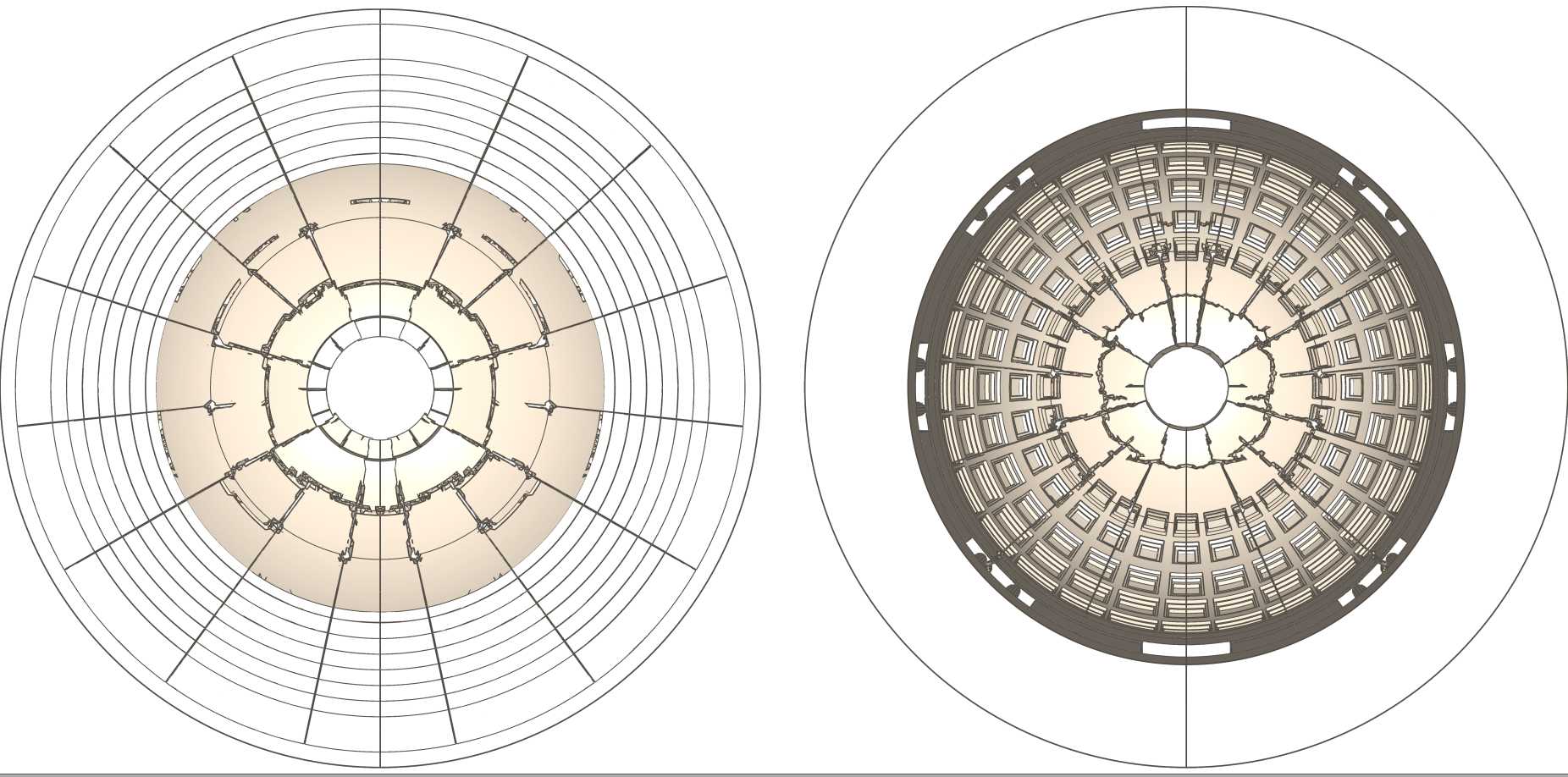Since 2017
The vast majority of buildings in European cities are masonry structures. This includes seminal and historic architectural structures of high cultural value and touristic concentration. Nowadays, these architectural assets and their occupants are in direct threat due to terrorist attacks and explosions. The study of the dynamic response of masonry of structures involves many open questions both from the scientific and the practical/engineering point of view. We focus on shedding light on different aspects related to the above topic by developing new numerical and experimental methods. We aim at proposing reliable and cost-effective tools that can be used in the design of modern masonry structures and the reinforcement of existing ones.
Response of monumental buildings to internal explosions
Attention is focused on the response of monumental buildings to internal explosions. The study covers the emblematic case of the Pantheon in Rome, yet it sheds light on more generic ones. Propagation of incident and reflected blast waves and their impact on the structure are considered in terms of a coupled solid-fluid simulation which relies on a multi-material formulation and a coupled Eulerian-Lagrangian approach. The pre-existent cracks spreading the dome and the material non-linearities of low-tensile strength concrete aggregates are considered. The geometry of the structure is accounted by a detailed three-dimensional model.
The numerical results draw a picture where the use of empirical laws to model blast actions in structures with complex geometry may be inadequate. In fact, the coupled solid-fluid simulations show strong localizations of shock waves due to the dome-vaulted geometry which concentrates the energy released by the explosion as a concave mirror. The structural response is highly influenced by the high-pressure volume which stems from wave localization phenomena in the centre of the dome as well as by the presence of the pre-existent cracks.
People
- F. Masi
- I. Stefanou
- P. Vannucci
- V. Maffi-Berthier
Institutions
Masonry vaults and walls under explosive loads
The dynamic behaviour under explosive loads of planar and curvilinear masonry geometries (walls and circular vaults) is investigated relying on a Discrete Element Method (Godio et al, 2018). The loading due to an explosion is computed using an ad-hoc external dynamic for blast loads (Vannucci et al, 2018), which accounts for the effect of surface rotation of masonry components due to the pressure load (incident angle effect).

